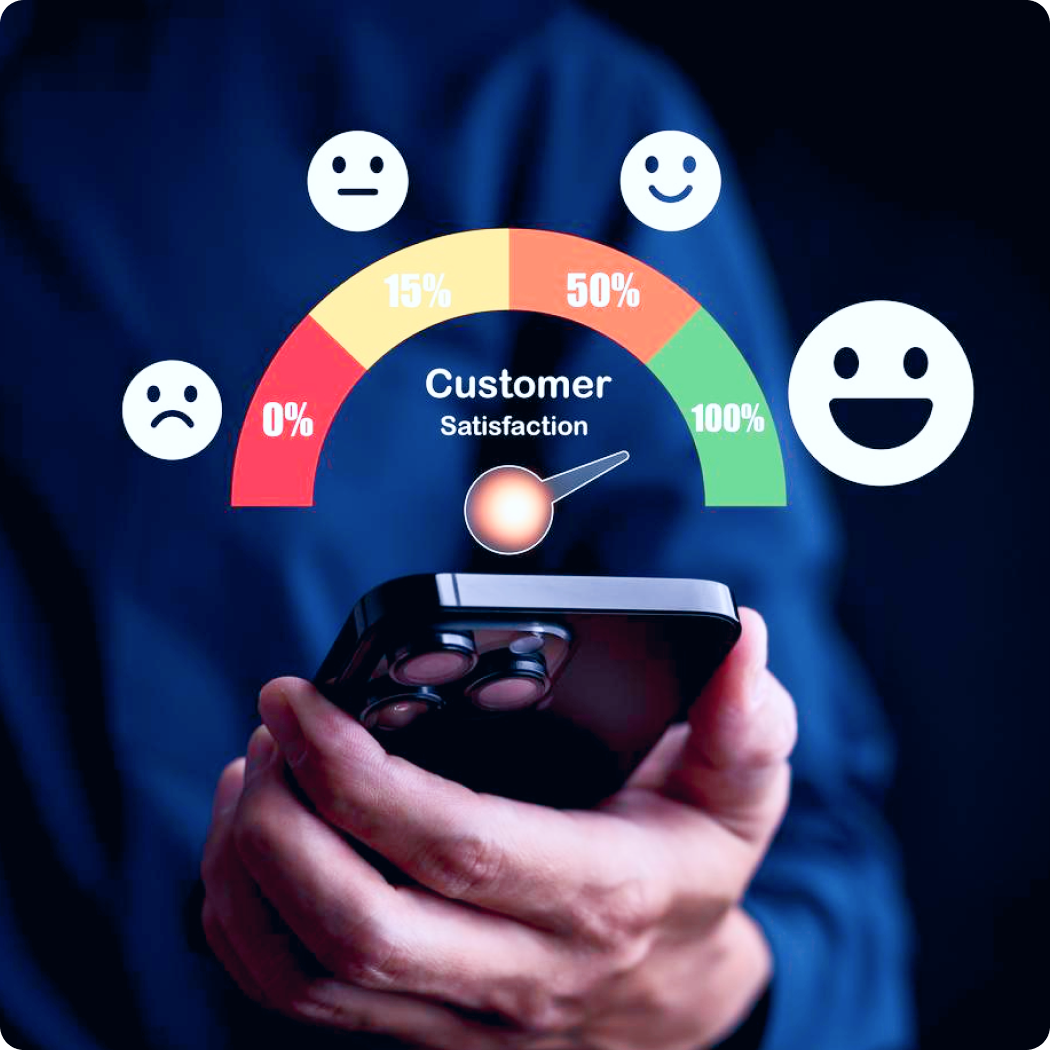As analytics professionals know, it’s incredibly important to have accurate and reliable data.
Virtually every business decision is made based on data. Business Intelligence systems inform operational and strategic choices such as headcount, office space, product roadmaps, expansion plans, marketing aspects, and more. Since so much rides on the data being analyzed, it follows that the data needs to be accurate, reliable, and up to date. Organizations can ultimately fail because of these inaccuracies, so in order to secure future success, they need to carefully inspect where company data is coming from as well as what level of integrity and trust can be placed in that data.
But what if the data a company was relying on was skewed?
In many cases this is true. Even the most sophisticated organizations that use the most up-to-date Business Intelligence platforms, still face the obstacle of bots and fake users skewing important insights. Botnets, crawlers, scrapers, click farms, and other forms of Invalid Traffic (IVT) pollute nearly every area of the internet. Your business doesn’t even need to be a victim of a malicious attack to be affected by the 40% of internet traffic that is invalid.

Invalid Traffic can cause massive problems for analytics professionals.
When IVT is present in a company’s source of truth, there are many issues that arise. For starters, analytics and marketing intel become inaccurate because they mistakenly consider false traffic by bots and fake users to be legitimate. Additionally, funnel transparency is lost, and operational changes might take place without a clear understanding of the full picture. Also, since forecasting and future financial decisions are made based on data, IVT can be detrimental to overall company stability.
Fortunately, there are some steps that analytics professionals can take to ensure IVT is under control.

Organizations can reduce IVT in the following ways:
-
Analyze data regularly for accuracy:
Data is not just something that should be evaluated when the situation calls for it. Granted, there are particular times when deep insights need to be pulled for projections, evaluating the success of a particular campaign, or wrapping up a quarter. However, analyzing data should also be a part of daily organizational tasks. By keeping a close eye on analytics tools at all times, unusual behaviors and glitches can be identified early on.
-
Look out for unusual patterns:
When analyzing data, keep a special watch on any unusual patterns. For example, if you usually only see high volumes of traffic during the day, and all of the sudden there are spikes in traffic in the middle of the night, that should serve as a red flag. Similarly, if there are any particular geolocations or sources that you don’t normally see traffic coming from, and then suddenly you do, maybe it’s time to dive a little deeper.
-
Consider using the right cybersecurity technology:
When a team is running at full operational efficiency and is keeping an eye out for unusual patterns, it might also be time to start using cybersecurity technology to get an even better understanding of who or what is coming to your website and interacting with your digital assets. For example, Customer Acquisition Security (CAS) technology uses advanced cybersecurity challenges to identify exactly what types of IVT your particular company is dealing with and can intercept those problems in real-time, based on pre-set rules.
In conclusion, ensuring data and to base your analytics on is accurate is critical to organizations of all sizes. Since important decisions are consistently made based on data, keeping those insights clean should not be taken lightly. Since IVT can impact the accuracy of data, it follows that IVT should also be carefully considered, and risks should be mitigated whenever possible. To learn more about the problem space of IVT and what to do about it, visit CHEQ.ai.
Kerry Coppinger | Senior Manager, Brand Marketing @CHEQ
Kerry is the Senior Manager, Brand Marketing at CHEQ. CHEQ is the marketing team’s security suite, trusted by over 12,000 customers worldwide to protect their funnels, sites, and analytics from bots and fake users. Powered by award-winning cybersecurity technology, CHEQ offers the broadest suite of solutions for securing the entire funnel, from paid marketing to on-site conversion, data, and analytics.






